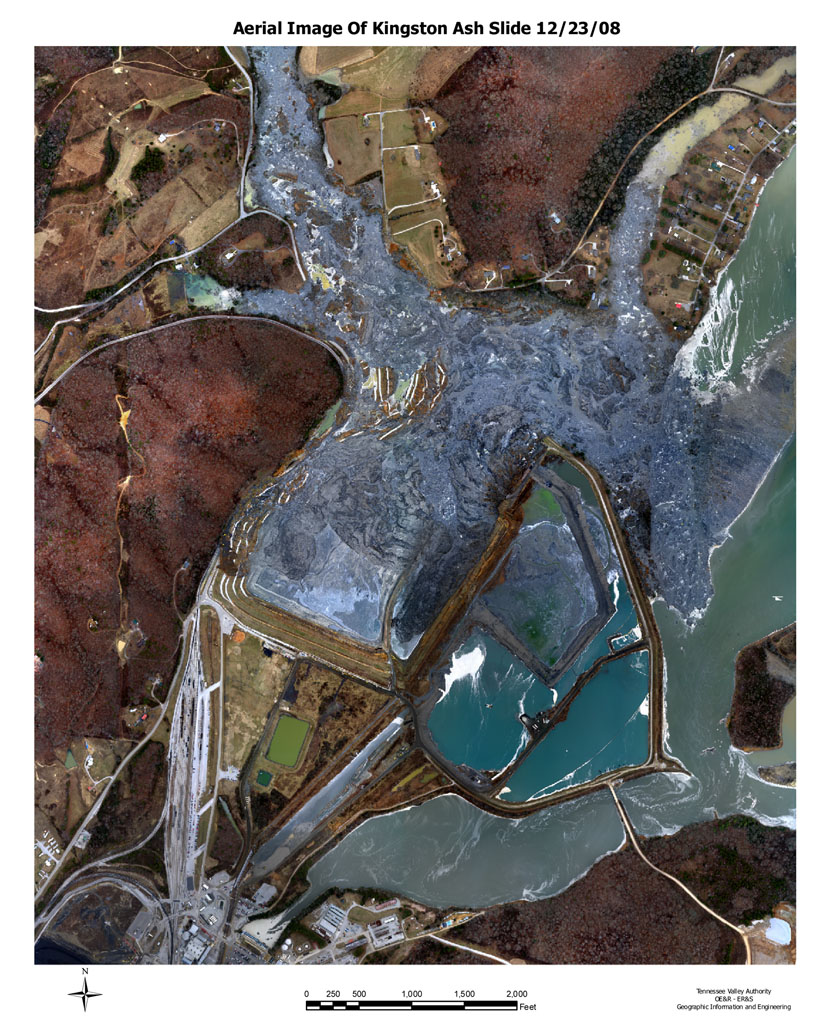Part 1:
https://diysolarforum.com/threads/house-burned-down.83098/page-27#post-1084441
Part 2:
This is what the beginning of a catastrophe could look like:
(The following is a purely theoretical approach, but it applies to everyone who operates parallel banks without BMS - completely independent of the specific case. I don't want to offend anyone and explicitly exclude the specific case here - I don't know the exact data and voltages. )
Now let's assume that all
7 parallel banks are 55.2V and all 112 cells are 3.45V and fully charged. The absorption phase is complete and all cells are at their
100% SOC - no significant current flows into the 7 banks.
Now let's consider this arrangement as in Part 1 above: A cell number 105 in bank 7 gets a short circuit due to dendrite breakdown and the voltage in this cell approaches zero volts with high,
but only internal, currents !!! What happens internally in this cell is not examined in more detail and has no electrical significance at all for the following consideration. (It is now only something like a wire.)
What is happening now in this bank 7?
Only a short, rapidly decreasing minimum charging current flows from the other 6 banks into number 7 until it also reaches 55.2V again. In this 100% SOC state ,the cells can no longer absorb any current at all.
With this
short-circuited 0V cell, there is a crucial difference:
Each cell in bank number 7 now has an average of 55.2V/15=
3.68V instead of 3.45V and is therefore very
dangerously overcharged in the long term. In reality, because of the uneven distribution, some cells might have
3.9 V and others correspondingly less.
What happens next with such permanently overloaded cells should be known. Only now could really high currents in bank 7 arise in the cascade effect by destruction and venting of some cells which would blow up the fuse of Nr.7.
The dilemma is:
in this system arrangement with one batrium instead of 7 BMS, there is unfortunately no possibility and no chance of separating the OVP cooking bank 7 - due to cell overvoltage - from the other 6 banks. An BMS could and would disconnect in a timely manner.
Sorry:
Such a Batrium system arrangement, without 7 BMS or (other switches) to separate the banks, is completely powerless in the very rare event that a cell short-circuits itself. Batrium has no way of removing Bank No.7 from the network of 7 banks..
Perhaps Batrium could switch some contactors between the banks, but they would then have to be installed additionally?
###############
Chapeaux Mr.
@ScrotusGobbleBottom: i fully agree:

.... It would only be a3. 2v drop and the other 15 cells would soak that up in mere seconds across the 15s. We are talking about 0.225v gain across the 15s remaining.... if the other cells were at rest, fully charged, at 3.45 they might not even be high cell voltage disconnect. I seriously doubt we are talking about more than 100 amps for less than a minute. Certainly nothing to blow a fuse over.
https://diysolarforum.com/threads/house-burned-down.83098/page-17#post-1080735





